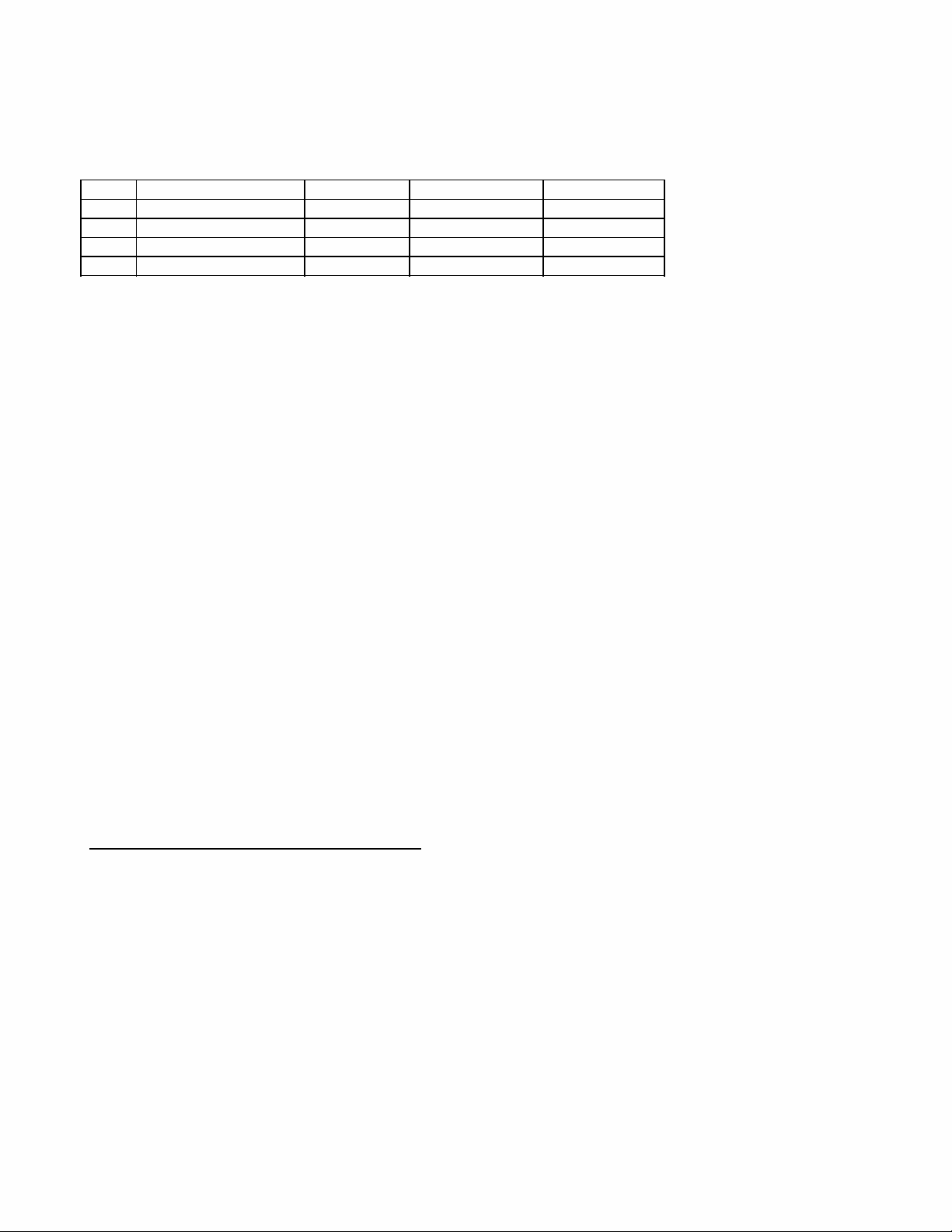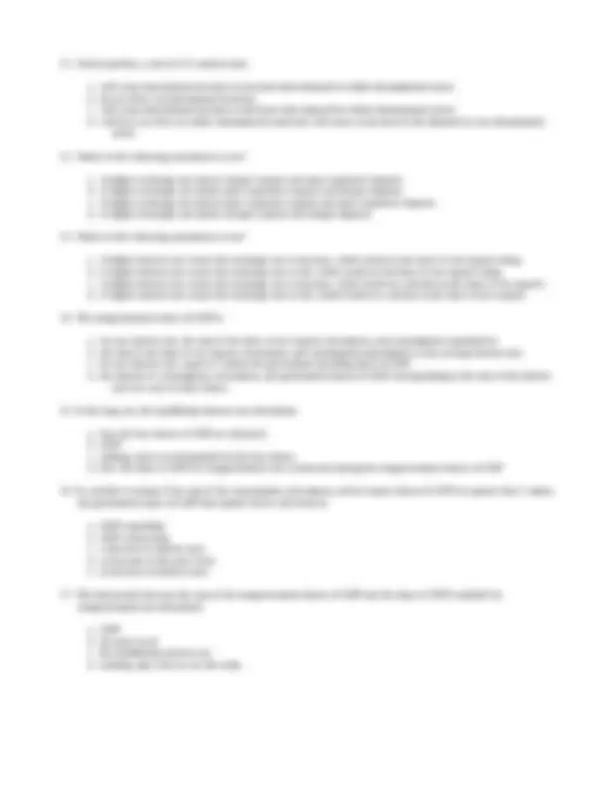
Problem Set 5
Econ 101
1. Suppose you have the following data for capital and investment in an economy:
Year Capital Stock on Jan. 1 Depreciation Gross Investment Net Investment
1993 1000 200
1994 310
1995 120
1996 200
a. Assume that depreciation during any year is 10% of the January 1 level of the capital stock. Calculate the missing
values in the table.
b. Is net investment negative in any year? What does such a situation mean?
2. Suppose that the government wants to increase public infrastructure investment.
a. If government purchases increase, what happens to government’s share in total spending? Is there crowding out?
Why or why not?
b. Suppose instead that the government encourages private business to purchase the public infrastructure. Where will
it enter GDP? If government’s share in spending is fixed, what happens to the other shares when this
infrastructure is built?
3. Suppose that there is a leftward shift in the C/Y line due to higher consumption taxes, but at the same time, the
government increases its share in GDP to maintain the same interest rate. Describe graphically how this affects each of
the shares of GDP. If investment’s share is the only thing that affects growth in this system, what will happen to
growth as a result of this government policy?
4. Suppose C = 1,400, I = 400, G = 200, X = 0.
a. What is GDP? Calculate each component’s share of GDP.
b. Suppose government spending falls to 100 and GDP does not change. What is government spending’s share of
GDP now? What is the new nongovernment share?
c. What happens to C/Y, X/Y, and I/Y? (Do not calculate anything—just give a direction.) Explain the mechanism
by which each of these changes happens.
5. Draw two sets of diagrams like Figure 22.7 to depict two situations. In one set, draw investment and net exports being
very sensitive to interest rates—that is, the I/Y and X/Y curves are very flat. In the other set, draw investment and net
exports as insensitive to interest rates—that is, the I/Y and X/Y curves are nearly vertical. For the same increase in the
government’s share in GDP, in which set of diagrams will interest rates rise more? Why?
Practice Multiple Choice Questions (not for quiz):
1. The actual amount of purchases of new goods for use in production by businesses each year is referred to as
a. gross investment.
b. net investment.
c. private-sector expenditures.
d. nongovernment expenditures.
2. The term I does not include
a. depreciation.
b. net investment.
c. public infrastructure investment.
d. investments that improve the capital stock.












